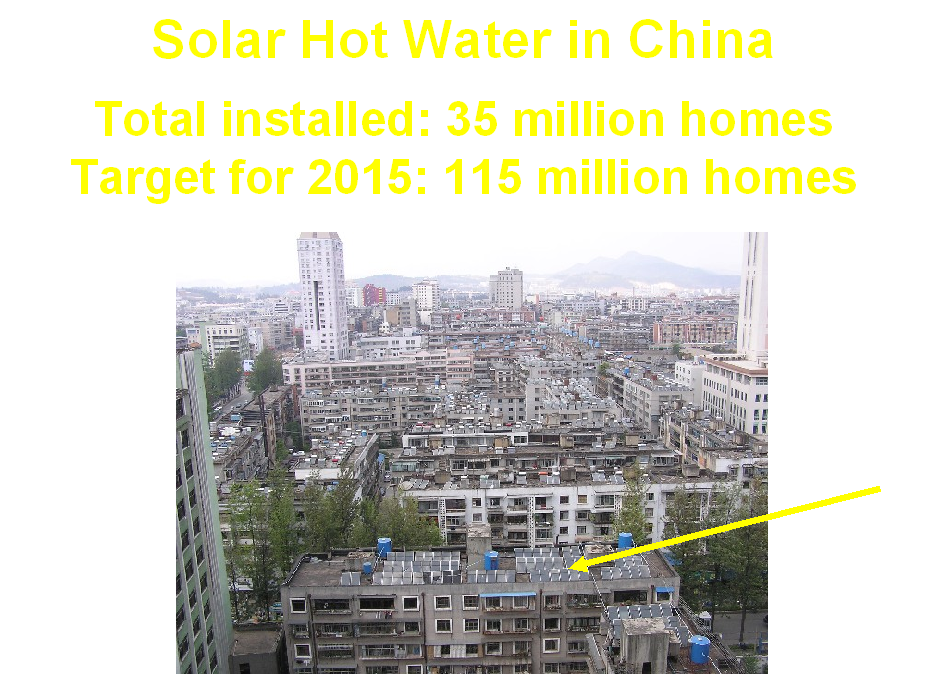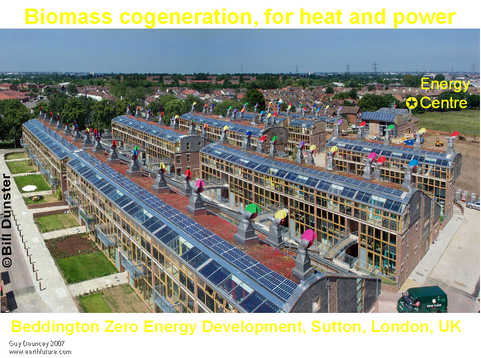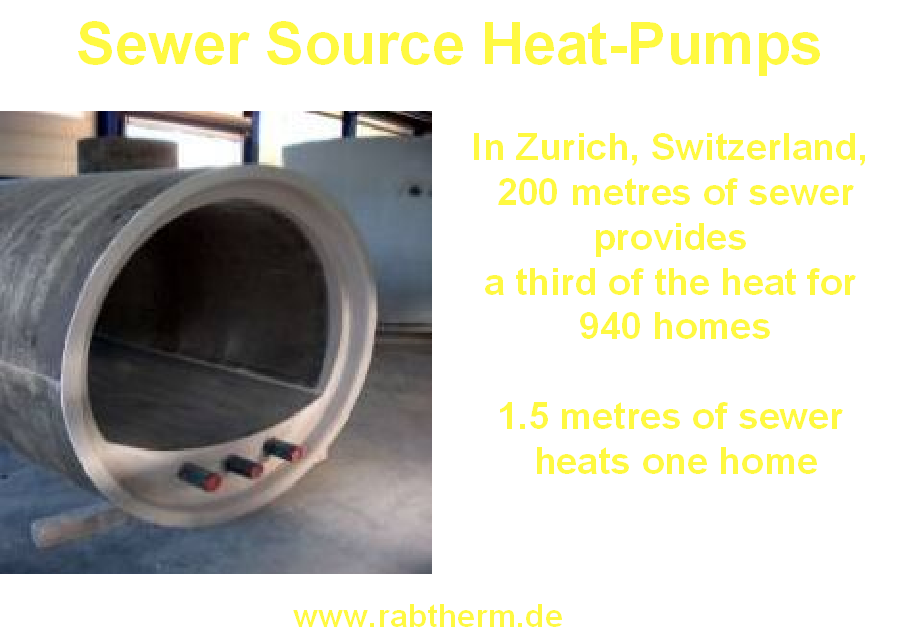Hi James,
We had peak oil discoveries in 1961 -- 47 years ago.
We had peak oil production around 1980 -- 28 years ago.
Natural gas will also run out -- and most of it will come from Iran & Russia.
Coal is quite dangerous at many levels, and it is the dirtiest energy source we have, by far.
Nuclear is extremely capital intensive, centralized, high tech way to boil water. The plant that we have poured an enormous amount of money into wears itself out, and needs to be disassembled. Plutonium is extrememly poisonous, and it's half life is ~24,000 years -- it takes at least four half lives for it to come down to a reasonable level of radiation -- so,
we need to safely store it for approximately 10X longer than recorded history. The plutonium and all the other radioactive waste needs to be stored in a extremely stable and secure location -- when this problem is solved, come talk to me.
----------------------------
Solar PV can be used on every roof top. This greatly reduces the transmission losses, and it could meet a very large chunk of our needs, since A/C is needed most when the sun is shining. This "democratizes" the production of power, which makes it far more secure, and lowers the risk by several orders of magnitude.
Solar heat can be on every rooftop, too. Vacuum tube collectors are all over China, and many other places, too:

Solar heat and solar PV can be located in the sunniest places and distributed efficiently. It shades the ground underneath the collectors for part of the day. I seriously doubt this is a big problem.
Offshore and land-based wind is spread out as well, and with a good grid, power can be spread around to where it is need, from where it is being produced.
Geothermal can be done anywhere you drill a deep hole. An MIT lab has developed a method of drilling 7-8 miles down -- pump water down there, and you get steam for generators; just like nuclear, but without the radioactive downsides.
Wave and tidal power are real and viable -- there is an Australian company that makes buoys that in small arrays, set up ~10 miles offshore that can continuously generate power. And tidal energy systems are installed in at least three locations around the world -- the moon will keep orbiting around the earth for quite a long time, and the tides will keep moving huge amounts of water back and forth...
There is a 93 unit housing group in England, that is
completely self-sufficient for heat and power, and they get everything they need from efficiency, PV on the roof, solar heat collection on the roof, and from composting household waste and the landscaping trimmings.

It takes just 1 1/2 meter length of sewer pipe to produce the heat needed for a house.
